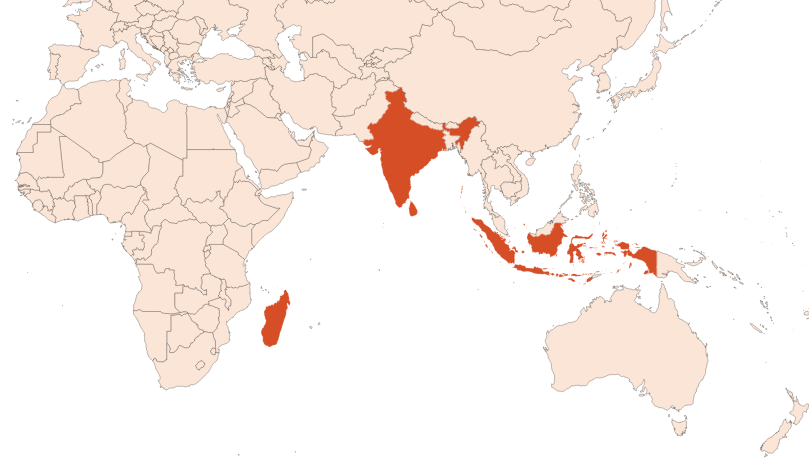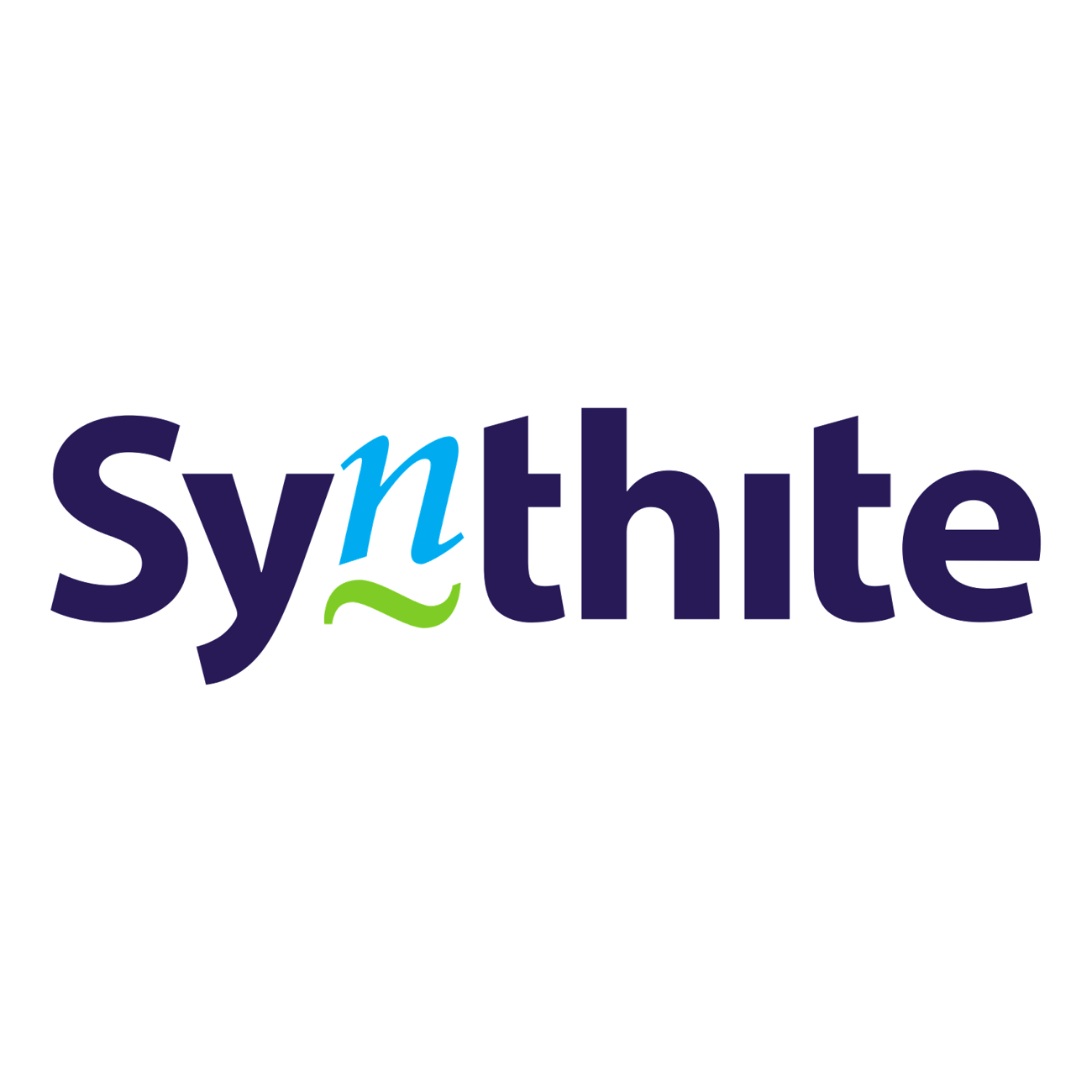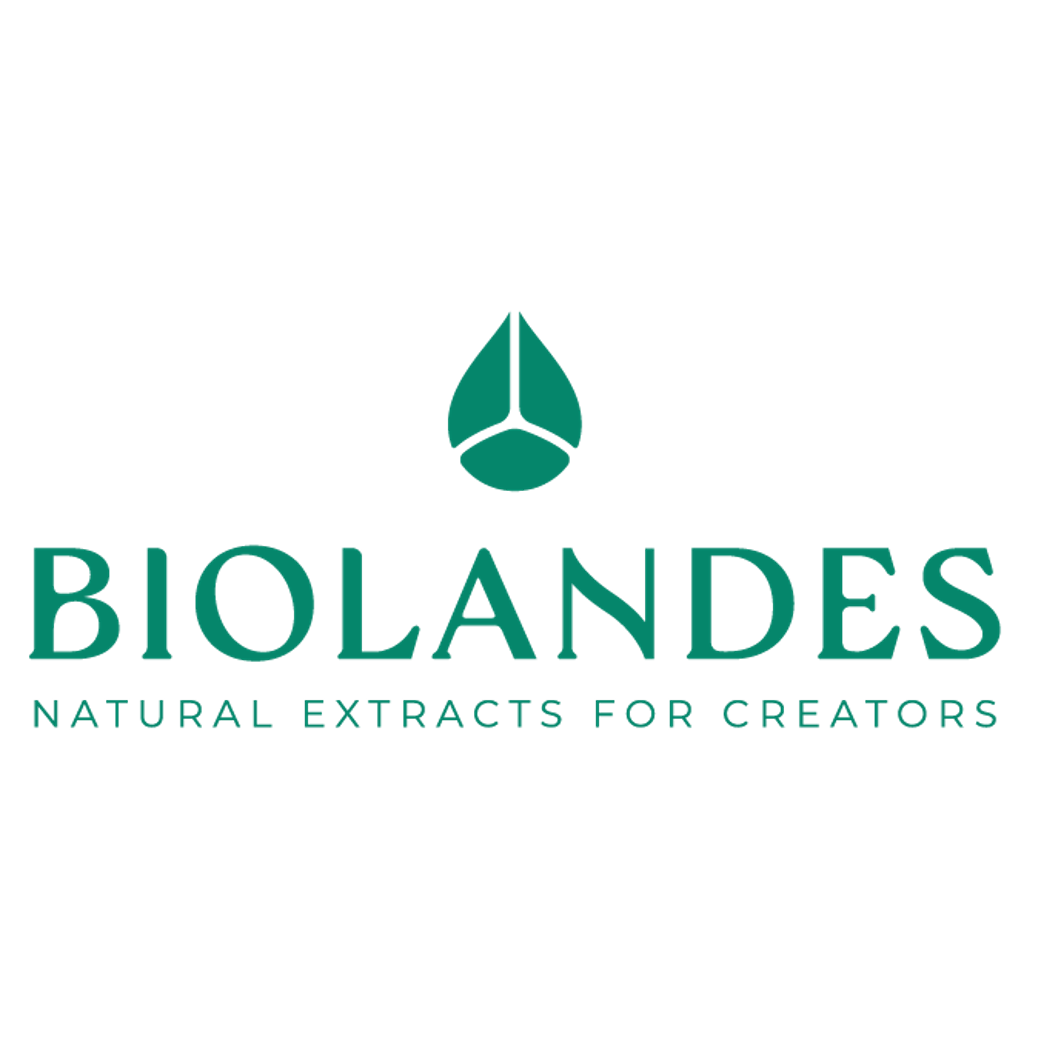Clove Bud EO
Naturelle
Spicy > Warm Spices > Eugenolic > Metallic > Balsamic

Crédits photo: ScenTree SAS
Latin name :
Syzygium aromaticum, Eugenia caryophyllata
Botanical profile :
Clove is a tree of the Myrtaceae family and the genus Syzygium.
Geographic origin :
Originally from the Moluccas archipelago in Indonesia, this country is still the world's leading producer of cloves (70% in 2005). Cloves are also grown in India, Madagascar (12% in 2005), South Africa and Sri Lanka.
Chemotypes :
The genus Syzygium regroups 1200 to 1800 species. The clove tree is the most cultivated of all these species.
The greatest diversity of species for this botanical genus comes from Malaysia and South West Australia where many species are very little known and very little used.
The greatest diversity of species for this botanical genus comes from Malaysia and South West Australia where many species are very little known and very little used.
Extraction process :
The ''cloves '' on the clove tree are actually flower buds that have not yet hatched. In Indonesia, production continues to increase each year, reaching about 470,000 hectares in 2010 and producing 111,000 tonnes of cloves a year.
Cloves are grown on the tree until they reach their maximum size and begin to turn red. They are collected and isolated by hand or using a specific machine (capable of harvesting 76 kg of cloves per hour) and dried for a few hours in the sun, transforming its colour to a dark brown. Cloves fallen to the ground are not collected because they are too ripe and would provide a lower quality essential oil. The extraction by steam distillation is done under pressure for 8 to 24h with a yield of about 13 to 15%. At the end of the process, the essential oil of clove is separated from the water by decantation and collected in a florentine vase.
An absolute can also be obtained with a volatile solvent extraction with a yield of about 20%.
In addition, note that clove leaves can also be extracted to obtain a Clove Leaf EO.
This oil contains approximately the same Eugenol content but is much less concentrated in Eugenyl acetate for the benefit of Caryophyllene.
Cloves are grown on the tree until they reach their maximum size and begin to turn red. They are collected and isolated by hand or using a specific machine (capable of harvesting 76 kg of cloves per hour) and dried for a few hours in the sun, transforming its colour to a dark brown. Cloves fallen to the ground are not collected because they are too ripe and would provide a lower quality essential oil. The extraction by steam distillation is done under pressure for 8 to 24h with a yield of about 13 to 15%. At the end of the process, the essential oil of clove is separated from the water by decantation and collected in a florentine vase.
An absolute can also be obtained with a volatile solvent extraction with a yield of about 20%.
In addition, note that clove leaves can also be extracted to obtain a Clove Leaf EO.
This oil contains approximately the same Eugenol content but is much less concentrated in Eugenyl acetate for the benefit of Caryophyllene.
Major Components :
Eugenol (80-85%)
Eugenyl Acetate (≈9%)
Beta-Caryophyllene (≈6%)
IsoEugenol (≈1%)
Eugenyl Acetate (≈9%)
Beta-Caryophyllene (≈6%)
IsoEugenol (≈1%)
- Uses in perfumery :
- Used in carnation, amber, spicy and masculine notes.
- Other comments :
- About 90% of the total production of clove is not intended for food or perfumes, but to make kretek, an Indonesian type of cigarettes.
Clove essential oil is the largest source of natural Eugenol because it contains about 80% of it.
The composition of the Clove Leaf EO leads to a better profitability because of the Eugenol isolation (carried out by soda addition). The leaves are therefore also one of the main sources of natural Eugenol.
Clove essential oil and raw clove must meet standards shaped by the American Spice Trade Association (ASTA) and the Food and Drug Administration (FDA). These standards relate to the pace, the physicochemical properties of the clove essential oil and its rate in the plant.
Adulteration of the essential oil of clove is possible with synthetic Eugenol, without any major changes in the oil physicochemical standards. - Volatility :
- Heart
- Appearance :
- Colorless liquid
- Stability :
- Aromatic compounds can be chromophoric and cause a coloration of the oil, especially in alkaline bases
The esters identified in this raw material can form their corresponding acid in stability tests
The terpenes identified in this raw material can polymerize when they are oxidized - Price Range :
- €€€
- Aromatherapy :
Informations provided below are taken from reference works in aromatherapy. They are given for information purposes only and can not constitute medical information, nor engage the responsibility of ScenTree.
Cloves are known for their antibacterial, antiviral, stimulant and antifungal properties. It is recommended in case of odontalgia (dental pain), tonsillitis, hepatitis viral enterocolitis (inflammation of the intestine and colon), metritis (uterus infection) and great fatigue among others.

Crédits photo: ScenTree SAS
- EINECS number :
- 84961-50-2
- FEMA number :
- 2323
- Allergens :
- Eugenol
- IFRA :
- This ingredient is restricted by IFRA
- Annexe I :
- Some regulated synthetic ingredients are found in nature and in certain proportions in natural ingredients. This presence in nature has to be taken into account when calculating limits of use recommended by the IFRA. In case you do not know these concentrations, you can use the ones estimated by the IFRA. Here they are :
- Annexe I :
- Some regulated synthetic ingredients are found in nature and in certain proportions in natural ingredients. This presence in nature has to be taken into account when calculating limits of use recommended by the IFRA. In case you do not know these concentrations, you can use the ones estimated by the IFRA. Here they are :
| List of regulated compounds contained in this ingredient | ||
|---|---|---|
| Regulated ingredient name | CAS N° | Estimated Concentration |
| Eugenol | 97-53-0 | 82 |
| List of regulated compounds contained in this ingredient | ||
|---|---|---|
| Regulated ingredient name | CAS N° | Estimated Concentration |
| Eugenol | 97-53-0 | 82 |
To learn more about IFRA's standards : https://ifrafragrance.org/safe-use/library
ScenTree is solely responsible for the information provided here.





